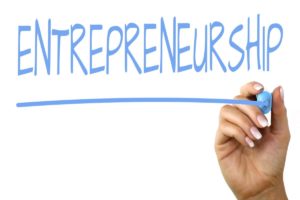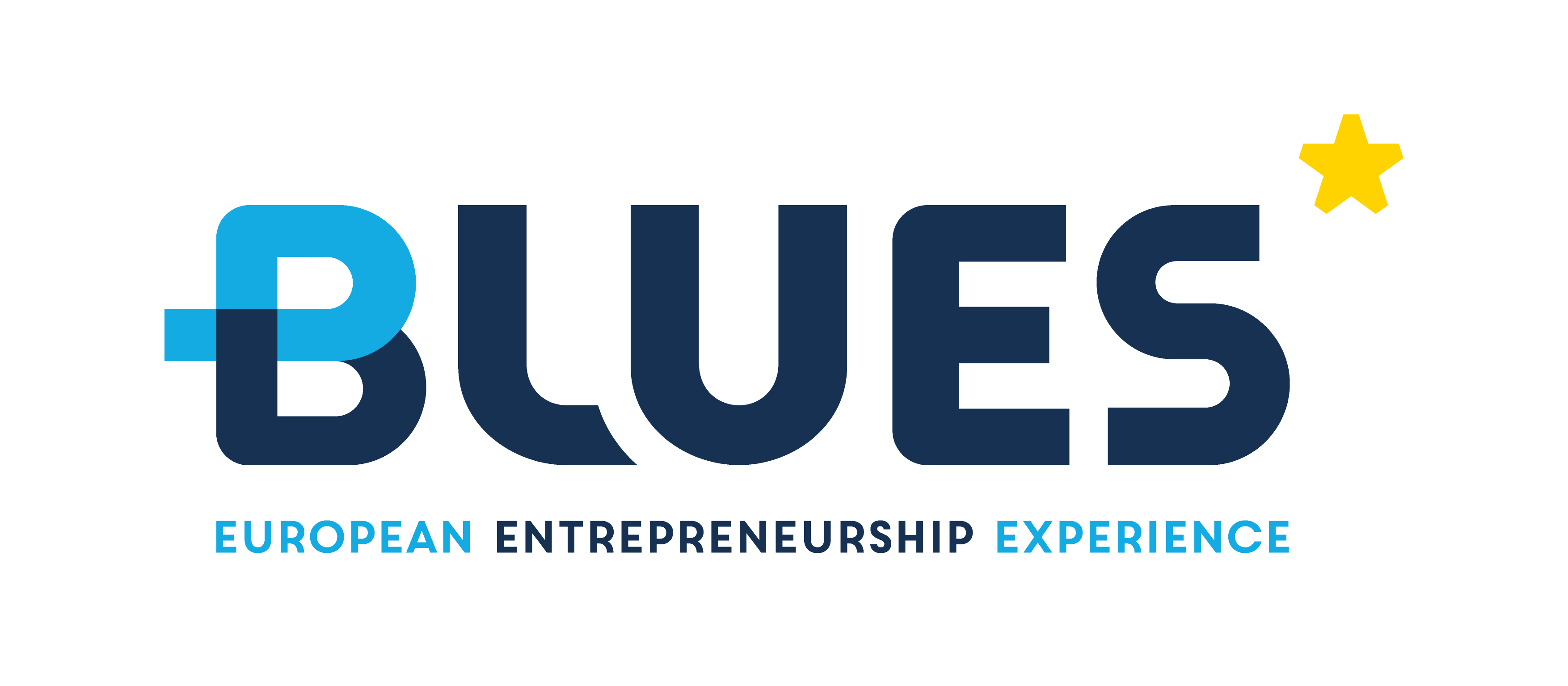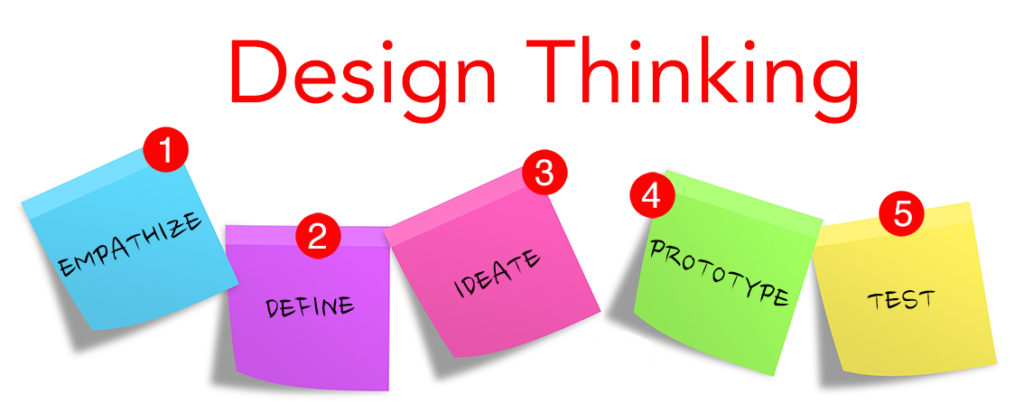I’m a disaster choosing Christmas or birthday presents for my partner. Last year I calculated that some 70% of the presents I regularly choose are returned to the shops, or changed for something else. Something is wrong obviously with my decision-making process. While I think the presents I choose are pretty fantastic, my partner doesn’t feel quite the same. I am obviously failing.
Let’s see if design thinking can help. And let’s see if we can do this together.
Think of a friend, a family member, a partner or a colleague that you have to give a birthday present to. You have decided that you’re going to give them a bag as a present. But what kind of bag? Colour, style, design, there are any number of designs on the market, and in order to choose the right bag we need to investigate our client. Given the vast array of choices, you have decided to design your present yourself.
In this phase, in stage one of the process, we really need to understand our clients, their needs, lifestyles and aspirations. To do this we we have a series of tools at our disposal in design thinking.
For this activity, we are going to use the simplest:
THE INTERVIEW.
Interview your subject for about five minutes. You may want to ask them about their lifestyle, their day-to-day activities, hobbies or work. Do not ask them what kind of bag they would like to receive (because people will normally tell you what they want based on what they have already seen in the market, rather than the bag that they actually need). In fact, the less you talk about bags the better!
Here I recommend that you keep the interview loosely structured.
Make notes on your findings from the interview, and look for insights into the possible needs of your client.
Other possible ways we could observe our clients include: User/Camera studies; fly on the wall style observation, etc. And we could map our findings and observations with tools like: Customer journey maps; persona profiles; empathy mapping or affinity maps, etc.
In the second stage of our design thinking process to design a bag for our client, we need to define their needs, and the reason why we have decided this. To do this, we may create a simple document which includes a sentence along the following lines:
My …………………………… needs a bag which ……………………………. Because …………………………………………………………………………………………………. .
It really is as simple as that. But what we have done is actually extremely useful and not always appreciated by budding entrepreneurs. Now we can think about our design from the perspective and the needs of the client, in this case the person who is going to actually use the bag that we give as a present.
Too often, not only entrepreneurs, but also politicians, companies large and small, or administrators are blinded by the brilliance of their initial idea, and don’t really think about whether people actually need what they propose. By taking the time to talk to, observe and think about your clients and their needs, you are reducing the risk of failure.
In this stage of design thinking, our objective is to create four alternative bags that might meet the needs of our client. There are many ways we can do this, but it helps if you learn to use some creative thinking techniques, which could prove very useful to you in the future. The idea is to generate alternatives and here is one quick, simple technique.
First, we need to deconstruct a bag. What is a bag? We may decide that a bag is a container, with some kind of handle or a strap, made of a material.
The second phase of this creative thinking technique is to generate alternatives, as many as we can, in the space of 10 minutes or so. We call this Attribute Listing, or alternative listing:
The possible combinations of bags are now mind-boggling.
We could, of course, just generate any number of random bags by making possible combinations from our lists, but it is unlikely we would generate something that meets the needs of our client.
So now we need to go back to our definition of needs from stage two and create some possible bags that may satisfy our client.
To do this we can use any number of tools. In my experience, the more visual the better: sketch, paint, or using the blackboard or the whiteboard helps you to think a little more freely about the solutions.
Sketch or build four or five possible alternative bags that may meet the needs of your client…
Stage four: Select And Prototype
Choose the bag that best suits your client and complete your sketch. In the next stage of Design Thinking we would build a prototype of the results. There is only one rule here: Build it fast and share the results with others to get their feedback and test your results!




